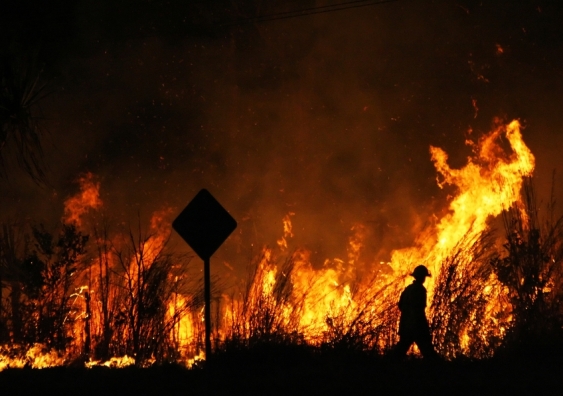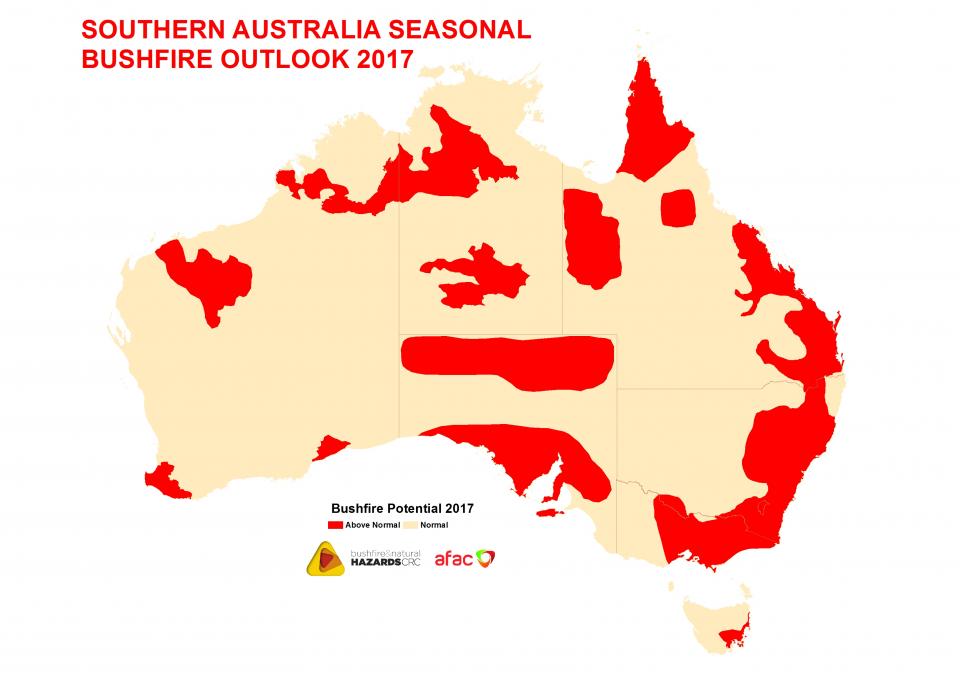Ideal Practices in Bushfire Administration for Comprehensive Fire Security
In the world of bushfire management, the quest for comprehensive fire defense requires a precise strategy that includes different vital elements. As we browse via the subtleties of these best methods, an expedition into the complex internet of approaches and techniques awaits, promising a deeper understanding of the diverse landscape of bushfire administration for comprehensive fire protection.
Danger Analysis and Planning
In bushfire administration for fire security, the first action includes performing a thorough threat evaluation and creating an extensive plan to reduce possible threats. By understanding these risks, fire defense authorities can prioritize locations that are most prone to bushfires and allocate resources successfully.
Complying with the risk analysis, the next important action is to develop an in-depth strategy to resolve the determined risks. This plan ought to describe techniques for prevention, preparedness, response, and healing in case of a bushfire. It needs to likewise consist of actions for neighborhood interaction, engagement, and discharge procedures. By having a distinct plan in location, emergency situation solutions can act swiftly and successfully to secure lives, residential property, and the atmosphere during a bushfire episode. Reliable danger evaluation and preparation are fundamental components of bushfire monitoring for guaranteeing detailed fire protection.
Plant Life Monitoring Approaches
After carrying out a comprehensive threat analysis and developing an extensive prepare for bushfire management, the focus moves to carrying out effective vegetation administration techniques. Greenery administration plays a critical function in minimizing the strength and spread of bushfires. One vital approach is producing defensible room around residential or commercial properties by removing flammable plant life and keeping a secure range in between vegetation and structures. This helps to produce a buffer area that can slow down the progression of a fire and give a safer setting for firefighters to protect buildings.
Along with creating defensible area, suggested burning is one more essential plant life management approach. Recommended burns involve intentionally establishing fires under controlled problems to reduce the accumulation of fuel, reduce the possibility of high-intensity wildfires, and promote ecological community health and wellness. By purposefully melting locations with excess plant life, gas degrees are decreased, making it harder for fires to spread out swiftly and uncontrollably.

Community Interaction and Education
Effective community involvement and education are crucial parts in constructing a resilient and aggressive approach to bushfire management. By involving area members in the preparation and execution of bushfire administration approaches, stakeholders come to be active participants in protecting their homes and areas. Community engagement fosters a feeling of common responsibility and empowers homeowners to take possession of their safety and security.
Education and learning plays a critical role in gearing up individuals with the understanding and abilities required to reduce bushfire threats effectively. Giving instructional resources on fire prevention, discharge treatments, and the value of very early detection can substantially boost neighborhood preparedness. In addition, informing citizens on the local bushfire atmosphere, consisting of fire habits and threat factors, enables them to make informed decisions during risky scenarios.
Via recurring engagement and education efforts, communities can create a collective understanding of bushfire hazards and job collaboratively to decrease the influence of wildfires. By cultivating a culture of readiness and durability, area members can improve their capability to respond successfully to bushfire emergency situations and protect both lives and residential or commercial property.

Early Discovery and Caution Solutions
Community interaction and education function as fundamental pillars in establishing positive bushfire management methods, laying the groundwork for the execution of robust early detection and warning systems. Early detection and warning systems are important components in alleviating the impact of bushfires on areas and the environment. These systems incorporate a series of innovations and methods targeted at recognizing and informing authorities and residents to prospective fire outbreaks quickly and efficiently.
One trick aspect of early detection systems is making use of sophisticated surveillance innovations such as satellite imagery, drones, and weather terminals to detect indicators of potential fire ignition. These innovations offer real-time data that can be assessed to identify fire-prone locations and trigger very early warnings. Furthermore, the assimilation of community-based tracking networks and automated alert systems can improve the performance of early discovery efforts by involving citizens in reporting potential fire threats and receiving timely warnings.
Efficient early detection and warning systems count on a multi-faceted approach that combines technological advancement, neighborhood involvement, and speedy emergency action protocols to make certain the timely and coordinated administration of bushfire incidents. By spending in these systems and promoting cooperation in between stakeholders, areas can enhance their resilience to bushfires and lessen the involved threats.
Emergency Feedback and Emptying Plans
A well-coordinated and detailed emergency feedback and evacuation strategy is essential for efficiently securing lives and building throughout bushfire events. These strategies should be carefully crafted, considering variables such i was reading this as the topography of the location, the thickness of plants, and the possible speed and direction of the fire's spread.
One crucial facet of an emergency situation action plan is the establishment of clear interaction channels to distribute accurate and timely info to locals and emergency situation responders. This can consist of using alarms, mobile signals, social networks, and community meetings to guarantee that everybody is educated and knows what activities to take.
Evacuation routes need to be pre-identified and consistently maintained to guarantee they are obtainable throughout emergency situations. In addition, marked evacuation facilities ought to be developed to supply shelter, clinical support, and support services to evacuees.
Routine drills and workouts are essential to familiarize homeowners with discharge procedures and evaluate the efficiency of the strategy. By constantly updating and assessing emergency response and evacuation strategies, communities can boost their preparedness and strength when faced with bushfire threats.
Final Thought
To conclude, reliable bushfire management needs a comprehensive technique that consists of risk evaluation, plants monitoring, community interaction, very early discovery systems, and emergency situation action plans. By carrying out these ideal methods, communities can better safeguard themselves from the disastrous impacts of great post to read bushfires - BAL Report. It is vital to prioritize aggressive measures to mitigate the dangers positioned by bushfires and make sure the safety and health of individuals and communities at threat
After carrying out a complete risk analysis and establishing a comprehensive plan for bushfire administration, the focus shifts to carrying out effective vegetation administration techniques.Effective area involvement and education and learning are vital elements in building a aggressive her response and resilient approach to bushfire management. By entailing neighborhood members in the planning and application of bushfire monitoring strategies, stakeholders become active participants in securing their homes and neighborhoods.Community involvement and education and learning serve as foundational pillars in establishing aggressive bushfire administration practices, laying the foundation for the implementation of durable early detection and caution systems.In verdict, efficient bushfire management calls for a detailed strategy that consists of risk analysis, greenery monitoring, neighborhood engagement, very early detection systems, and emergency situation action plans.